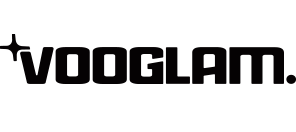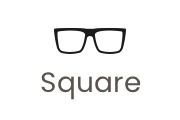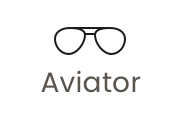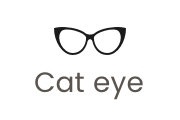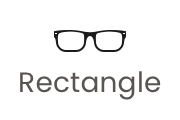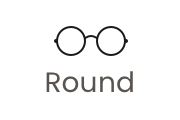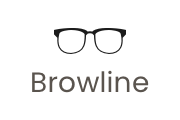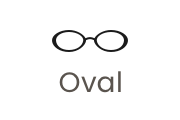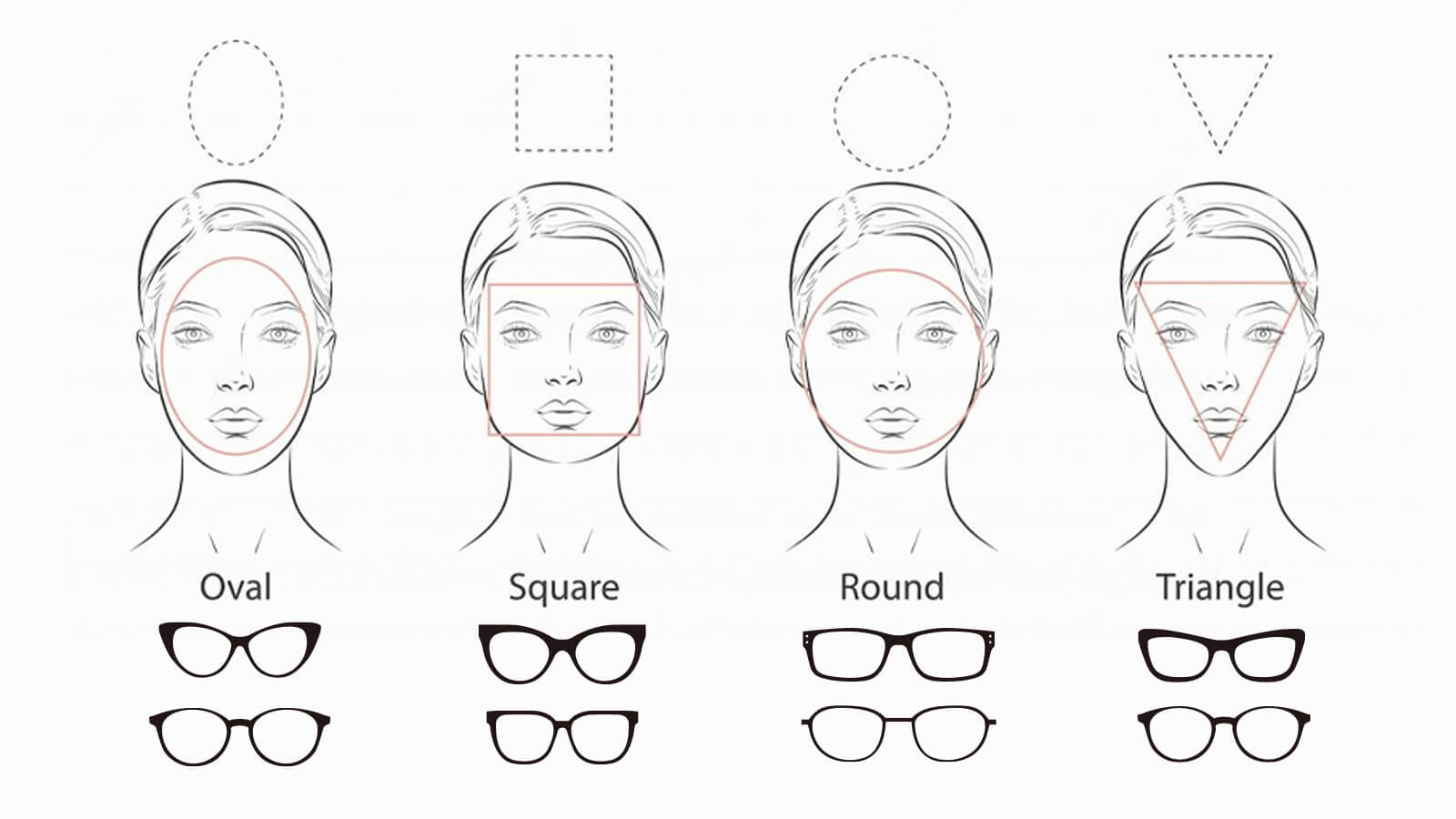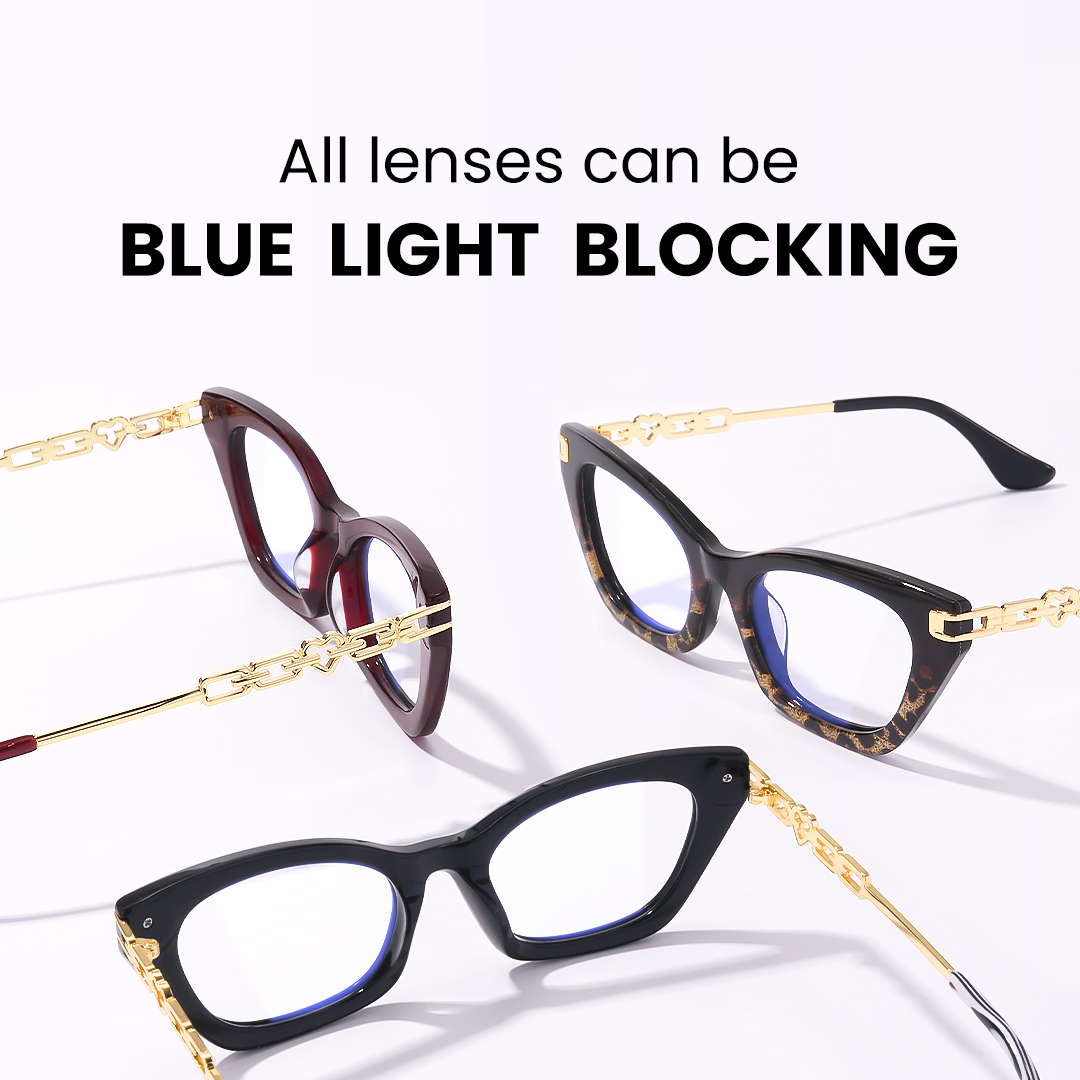
Guide to Picking Glasses That Suit Your Face Shape Perfectly
February 27,2023

What is Boho Style? A Comprehensive Guide to Boho-Chic Fashion
February 13,2025

Virtual Glasses Try On - Find Your Perfect Pair Online
April 02,2024

UV Protection Glasses VS. Blue Light Glasses - Vooglam
July 20,2023

Newest Style Modern Trendy Mens Glasses | Vooglam
March 01,2024

Stylish Reading Glasses: Blending Fashion with Functionality
February 16,2023

What are photochromic lenses & glasses?
September 22,2023

Brown Eyes: The Beauty of the Most Common Hue
September 01,2024

The chubby face glasses for round face female
August 02,2023

What are prisms in eyeglasses?
March 20,2023

What are Bifocal Lenses? - Vooglam
April 14,2023

How to Read Your Eyeglass Prescription?
March 11,2023
Eye Exam Cost Guide: Average Prices With & Without Insurance
Wondering why that yearly eye check-up seems to cost differently every time? Or maybe you're trying to budget for your family's vision care without any surprises. We get it—eye exam pricing can feel about as clear as vision without your glasses! At Vooglam, we believe that understanding eye care costs is just as important as finding optical frames that express your unique style.
Let's bring those blurry cost questions into focus and explore what really goes into eye exam pricing. By the end of this guide, you'll have a crystal-clear view of what to expect when budgeting for your next vision check-up—and maybe even discover some ways to keep your wallet as happy as your eyes.

What is Included in a Standard Eye Exam?
A comprehensive eye examination is much more than just reading letters off a chart. It's a multi-faceted assessment of your visual system and eye health that provides crucial information about not only your vision needs but sometimes your overall health too.
Basic Vision Tests
Standard eye exams typically include several fundamental tests that evaluate how well you see:
- Visual acuity testing: The classic letter chart (Snellen chart) that measures how clearly you can see at various distances
- Refraction assessment: Determines your exact prescription needs using different lenses ("Better 1 or 2?")
- Eye movement testing: Evaluates how well your eyes work together
- Visual field test: Checks your peripheral (side) vision
- Color vision testing: Screens for color deficiencies or color blindness
According to the American Optometric Association (2023), these basic tests are essential for detecting common vision problems like nearsightedness, farsightedness, and astigmatism early, when they're easiest to correct.

Comprehensive Eye Health Checks
Beyond vision clarity, a thorough eye exam also includes important health assessments:
- External examination: Checking your cornea, eyelids, and surrounding eye tissues
- Pupil evaluation: Testing how your pupils respond to light
- Intraocular pressure measurement: Important for glaucoma screening
- Retinal examination: Looking at the back of your eye, sometimes with dilation
- Slit-lamp examination: Detailed microscopic examination of eye structures
These health checks are crucial because many serious eye conditions like glaucoma, macular degeneration, and diabetic retinopathy often develop without early symptoms. Regular comprehensive exams can catch these issues before they cause vision loss.
Research published in JAMA Ophthalmology (2022) found that regular comprehensive eye exams can detect over 30 different systemic diseases, including diabetes, hypertension, and even certain cancers—proving these exams are truly investments in your overall health.
Recommended Frequency by Age and Condition
How often should you schedule those eye appointments? The answer varies depending on your age, risk factors, and specific vision needs.
Children and Teens
Early detection is key to addressing childhood vision issues that could affect development and learning. Here's what experts recommend:
- Infants: First eye check at 6 months
- Toddlers and Preschoolers: Examination at age 3, and again before starting kindergarten (around age 5)
- School-age Children: Annual exams throughout school years, as vision changes can occur rapidly during growth periods
The American Academy of Pediatrics notes that approximately 80% of learning in children occurs through visual processing. Early detection of vision problems can significantly impact educational outcomes and social development.
For children who exhibit symptoms like squinting, head tilting, eye rubbing, or reading difficulties, immediate evaluation is recommended regardless of standard scheduling.
Adults
For those between 18-64 years with no risk factors or vision issues:
- Ages 18-39: Eye exam every 2-3 years
- Ages 40-64: Eye exam every 1-2 years as age-related changes begin to affect vision
These recommendations shift if you:
- Wear contact lenses or glasses (annual exams recommended)
- Have a family history of eye disease
- Have a health condition that affects vision (like diabetes or hypertension)
- Take medications with potential ocular side effects
Don't forget that many adults spend hours daily on digital devices. Consider Vooglam's blue light blocking glasses to reduce digital eye strain between your regular check-ups!
Seniors and At-Risk Groups
For those 65 and older or individuals with specific risk factors:
- Ages 65+: Annual eye exams, as age-related conditions become more common
- Diabetic patients: Yearly dilated eye exams (minimum)
- Glaucoma risk: Annual pressure checks as recommended by your doctor
- Family history of macular degeneration: More frequent monitoring as advised by your eye care professional
According to a study in Ophthalmology (2023), seniors who maintain annual eye exam schedules have a 58% lower risk of severe vision impairment compared to those who skip regular check-ups.
Eye Exam Costs Breakdown
Now let's talk dollars and cents—what can you expect to pay for these important health services?
Average National Cost Ranges
Eye exam costs vary widely across the United States, but general ranges include:
- Basic eye exam: $50-$100
- Standard comprehensive exam: $100-$200
- Contact lens fitting (additional): $50-$150
- Specialized testing: $30-$300+ depending on test type
According to the Vision Council of America's 2023 report, the national average cost for a comprehensive eye exam is approximately $178 without insurance.
Eye Exam Cost With Insurance
Vision insurance can significantly reduce your out-of-pocket expenses:
- With vision insurance: $10-$40 copay for routine exams
- With premium plans: May cover 100% of basic exam costs
- Specialized testing: May require additional copays or have coverage limits
Most vision insurance plans cover one comprehensive exam per year, though some may extend to once every two years. It's always wise to verify your specific coverage before scheduling.
Eye Exam Cost Without Insurance
Without vision coverage, you'll pay the full price, but there are still options:
- Retail optical centers: $50-$100 for basic exams
- Independent optometrists: $100-$250 for comprehensive exams
- Ophthalmologists: $200-$400 for specialized evaluations
Many Vooglam customers find that even without insurance, the investment in regular eye care pays dividends in maintaining healthy vision and preventing more costly interventions down the road.
Factors Affecting Eye Exam Pricing
Several factors influence the final cost of your eye examination:
Location and Regional Variations
Eye care costs follow general cost-of-living patterns across regions:
- Urban centers: Generally higher prices ($150-$250)
- Suburban areas: Moderate pricing ($100-$200)
- Rural locations: Often lower costs ($75-$150)
For example, an exam that costs $175 in Dallas might run $225 in Manhattan or $125 in rural Iowa.
Provider Type and Credentials
The type of professional performing your exam impacts pricing:
- Opticians: Can perform basic vision screenings but not comprehensive exams
- Optometrists (OD): Provide comprehensive eye exams ($100-$200)
- Ophthalmologists (MD): Medical doctors specializing in eyes, often charging higher rates ($200-$400)
Specialized Testing Requirements
Additional tests beyond standard exams will increase costs:
- Visual field testing: $30-$100
- Retinal imaging: $30-$150
- Corneal topography: $100-$300
- Optical coherence tomography (OCT): $100-$400
These specialized tests are often recommended based on age, symptoms, or specific health conditions, and may not be covered by basic vision plans.
Cost Comparison by Provider
Let's compare pricing across popular eye care providers to help you make an informed decision:
| Provider | Basic Exam | Comprehensive Exam | Contact Lens Fitting | Insurance Accepted |
| Target Optical | $70-$100 | $130-$170 | $50-$120 additional | Most major plans |
| LensCrafters | $75-$110 | $150-$200 | $60-$150 additional | Most major plans |
| Walmart Vision | $50-$80 | $90-$150 | $40-$100 additional | Limited plans |
| America's Best | $45-$70 | $100-$150 | $50-$120 additional | Most major plans |
| Independent Optometrists | $80-$150 | $150-$250 | $60-$150 additional | Varies by practice |
| Ophthalmology Practices | $150-$250 | $200-$400 | $100-$200 additional | Medical insurance |
Many retail locations offer promotions that bundle exam services with eyewear purchases, potentially providing additional savings. For example, some locations offer free basic exams with the purchase of complete prescription glasses.
FAQs
How much does an eye exam cost at Costco?
Costco's Optical Department typically charges $50-$100 for a standard eye exam without insurance, making it one of the more affordable options. Contact lens exams and fittings generally cost $100-$150. The exact price varies by location and the specific type of examination needed. Costco accepts most major vision insurance plans, which can reduce your out-of-pocket costs to just a copay (typically $10-$30).
How much does an eye exam cost at Walmart?
Walmart Vision Centers offer basic eye exams starting around $50-$80, with comprehensive exams ranging from $90-$150. Contact lens fittings typically add $40-$100 to the base exam price. Walmart Vision Centers are independently operated by licensed doctors of optometry, so prices can vary by location. While Walmart accepts some vision insurance plans, their coverage network is more limited than some other retail optical chains.
This article is not a substitute for a professional diagnosis. Always consult with an eye care professional for proper evaluation and prescription.
Regular eye exams are an investment in both your vision and overall health. At Vooglam, we're committed to helping you see and be seen—with over 1,800 unique frame designs that transform necessary eyewear into statements of personal style.
Once you have your prescription in hand, explore our collection of trendy, high-quality frames, including our specialized blue light glasses for digital eye strain and progressive lenses for seamless vision at all distances.
Because when you change the way you see yourself, you change the way the world sees you. That vision is always worth the investment.
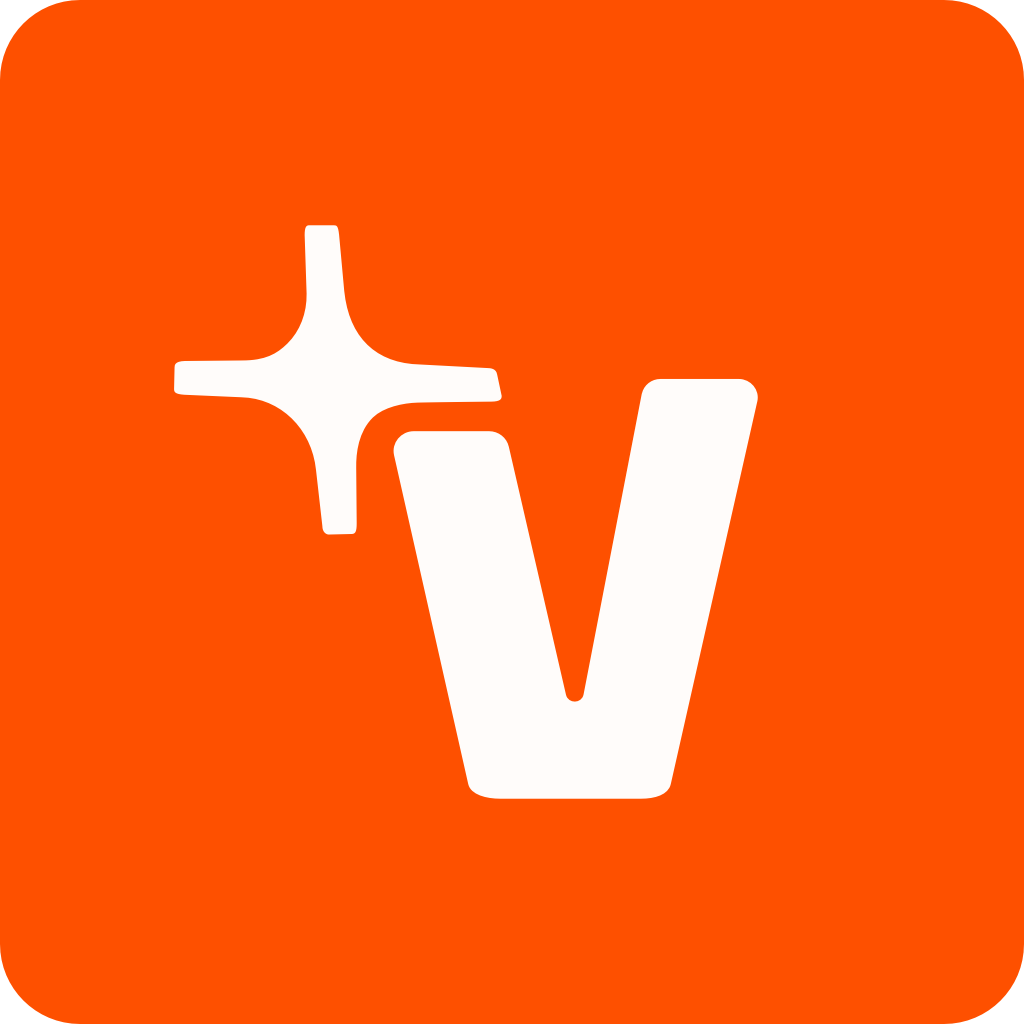
Vooglam Blog
Vooglam blog shares professional knowledge about eyeglass frames, lenses, etc., and provides help when purchasing and using eyewear products. At the same time, Vooglam focuses on fashion glasses to interpret the trend of glasses for you.

The Science of Polarized Lenses: How They Improve Clarity and Safety in Snowy Conditions
If you've ever been out on a sunny day in the snow, chances are you know all about snow glare. That painful, sometimes blinding reflection off the bright white of snow isn't just annoying; it can be e
November 26,2025
Don't Spook Your Style: 6 Iconic Halloween Costumes with Glasses
Halloween isn't just about jumping into someone else's skin for a night—it's about finding pieces of yourself you didn't know existed. For those of us who wear glasses daily, the question isn't whethe
October 16,2025
How to Fix a Metal Glasses Arm Hinge: A Step-by-Step Repair Guide
Why Hinge Repairs Are Common—and FixableIf you wear glasses daily, chances are you've dealt with issues related to the hinges on your metal frames. It's one of the most common weak points, and over ti
July 07,2025
Low Nose Bridge vs. High Nose Bridge: How to Find the Perfect Glasses Fit
Most people spend a lot of time thinking about the styles, colors, and types of lenses they want in their glasses. But there's one thing that people frequently forget about that can make a big d
July 07,2025

